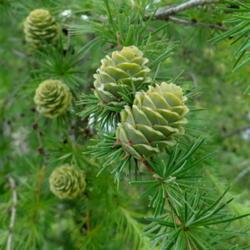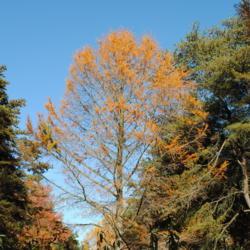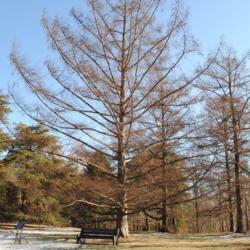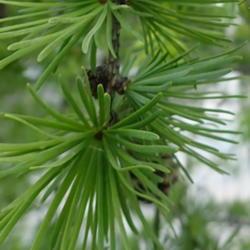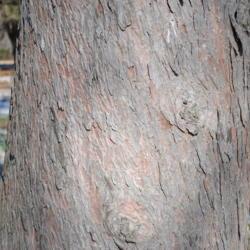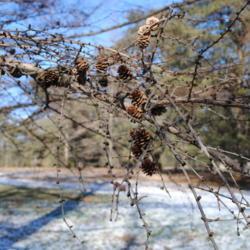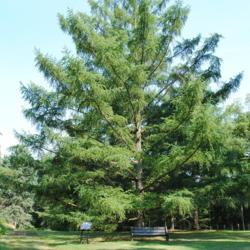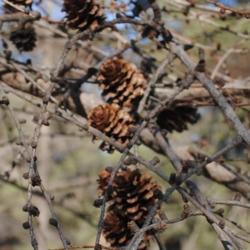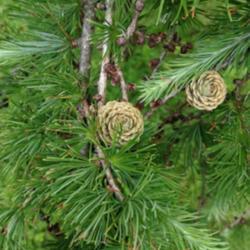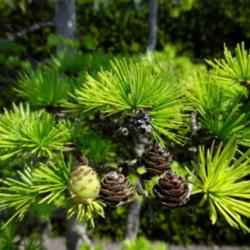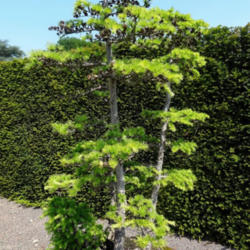| Plant Habit: | Tree |
| Sun Requirements: | Full Sun |
| Water Preferences: | Mesic |
| Soil pH Preferences: | Slightly acid (6.1 – 6.5) Neutral (6.6 – 7.3) |
| Minimum cold hardiness: | Zone 4a -34.4 °C (-30 °F) to -31.7 °C (-25 °F) |
| Maximum recommended zone: | Zone 7b |
| Plant Height: | 40 to 80 feet |
| Plant Spread: | 25 to 40 feet |
| Leaves: | Good fall color Deciduous Needled |
| Pollinators: | Wind |
| Miscellaneous: | Monoecious |
| Conservation status: | Least Concern (LC) |
